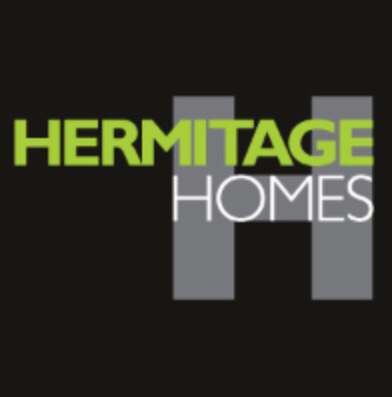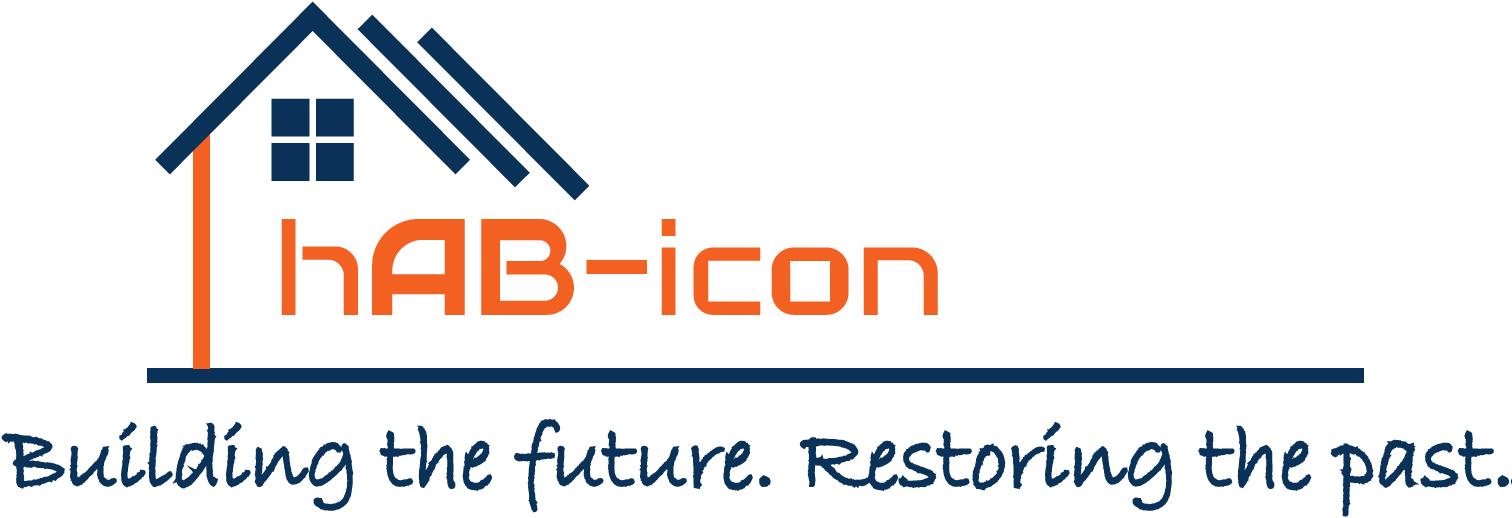Title Page
-
Document No.
-
Construction site OH&S checklist
-
Client / Site
-
Conducted on
-
Prepared by
1 Trades
-
1.1 - Do all trades currently on site have their white/red cards available to show?
-
1.2 - Do all trades have their equipment & leads currently tested & tagged?
-
1.3 - Do all trades have SWMS if the site is high risk?
-
1.4 - Do all trades have MSDS information available where needed?
-
1.5 - Do all trades have an adequately supplied first aid kit?
-
1.6 - Does each trade/sub-contractor have a designated, qualified first aid officer?
-
1.7 - Do all trades have appropriate work clothes & PPE?
-
1.8 - Are trades cleaning up after themselves?
-
1.9 - Are trades wearing steel capped boots?
-
1.10 - Are trades wearing hearing/eye protection when operating machinery/tools?
-
1.11 - Are trades aware of the location of the HPPL Site Safety Plan?
-
1.12 - Are trades suspending their electrical leads from ground level?
-
1.13 - Are trades using any electrical equipment within 25 meters from the meterbox?
2 Site establishment
-
2.1 Is the site fenced with no panels missing/removed and able to be locked up after hours?
-
2.2 Are fence panels undamaged and in good condition?
-
2.3 Is there proper Hermitage Homes signage visible that includes builders details, permit number, full site address, medical info, safety office details, emergency contacts etc?
-
2.4 Is there appropriate drinking facilities?
-
2.5 Are there sufficient eating areas?
-
2.6 Are trades cleaning up their food scraps, containers & wrapping from lunch & morning/afternoon breaks?
-
2.7 Is the Hermitage Site Safety Plan available in the meterbox or elsewhere onsite that is easily accessible?
-
2.8 Is there appropriate signage for any hazardous work? Eg grinders, saws etc.
3 Site condition
-
3.1 Are areas outside of perimeter fences clear of materials & rubbish?
-
3.2 Have any trenches or holes that have been left open been covered or had barricading installed?
-
3.3 Are trash bins/cages empty or sufficiently empty to contain any further rubbish placed within?
-
3.4 Are ingress & egress paths clear of materials & rubbish?
-
3.5 Are the designated areas for storing materials being maintained?
-
3.6 Are any trip & fall hazards left exposed been highlighted, covered or removed?
Scaffolding
-
4.1 Has the scaffolding been constructed by a licensed scaffolder?
-
4.2 Does the scaffold have clear access points?
-
4.3 Are scaffolds clear of any rubbish or waste material?
-
4.4 Are sole plates adequate & maintained?
-
4.5 Is the scaffold properly braced & tied in to the building?
-
4.6 Is the scaffold as originally constructed without any evidence of changes, alterations or tampering?
-
4.7 Are toe boards, handrails and ladders in place for work over 2 meters?
-
4.8 Do mobile scaffolds have full working decks fitted?
-
4.9 Are lockable wheels or jacks & sole plates being used appropriately?
Working at heights
-
5.1 Are access ladders for second story work tied off?
-
5.2 Do ladders extend 900mm past platform height?
-
5.3 Are fall protection systems as originally constructed, without any evidence if changed, alterations or tampering?
-
5.4 Are 2m fall zones clear where applicable?
-
5.5 Are ladders in good condition & restricted to A 2m working height?
-
5.6 Are trenches over 1.5 meters being shored or benched?
-
5.7 Are trenches barricaded off?
-
5.8 Are access ladders suitable for trench or excavation work?
-
5.9 Are post holes covered or bunted off?
Miscellaneous
-
6.1 Are accident/incident/injury reports completed?
-
6.2 Are supervisors recording meeting notes regarding any discussions & toolbox meetings occurring on site?
-
6.3 Are mechanical aids being used where possible for manual handling? Eg hoists, trolleys etc
-
6.4 Are manual handling skills being applied?
-
Add signature










